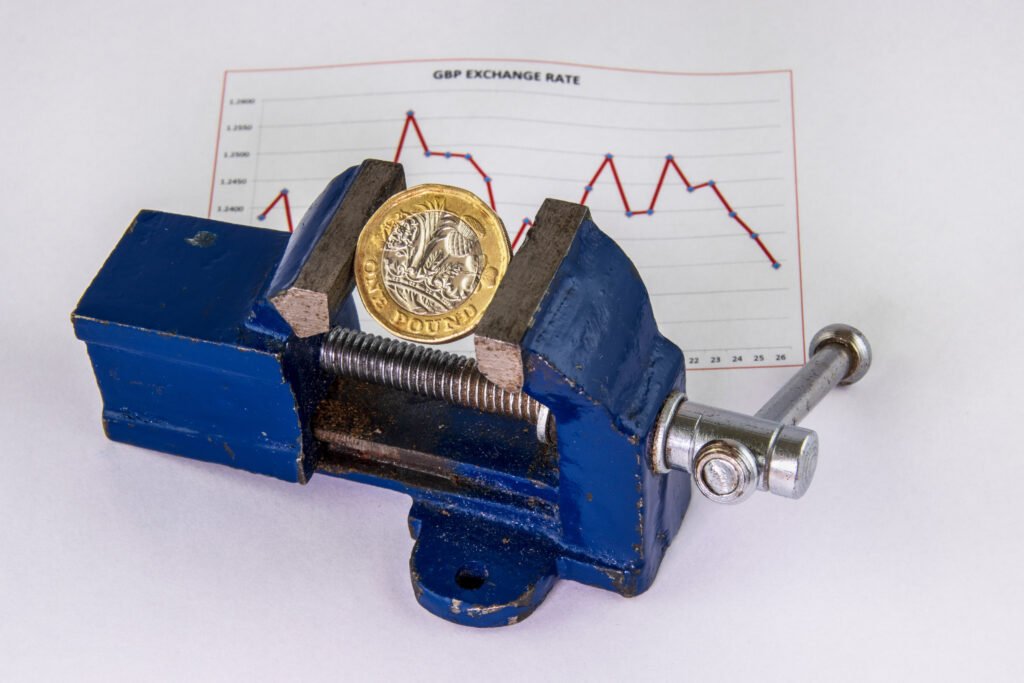“We are all at a wonderful party, and by the rules of the game, we know that at some point in time, the Black Horsemen will burst through the great terrace doors to cut down the revelers; those who leave early may be saved, but the music and wines are so seductive that we do not want to leave, but we do ask, ‘What time is it? what time is it?’ Only none of the clocks have any hands.”
The intro is from the book called The Money Game. A man calling himself Adam Smith wrote it in 1967. He was a professional investor named George Goodman. In his remarkable book, there is a chapter on what he called “The Cult of Performance” that describes the transformation in the fund management business in the 1960s.
In 1967, the US-managed funds business met with a great deal of money all of a sudden. The amount of money invested in mutual funds grew from USD 1.3 billion in 1946 to USD 37 billion in 1967. Fund managers also changed their approach to a more “growth” investor style. People were not interested in “nice balanced, diversified funds” anymore. They invested in the funds that had gone up the most. So, everyone was in the “growth” game. The stage was set for the cult of performance. Managers were eager to buy higher stock prices regardless of the underlying valuations. When asked, the answers were pretty much the same, who would care to stay behind the curve? Mr Market was enjoying the generous bids to the performance stocks with price/earnings ratios hitting x50 times plus across the board. So-called Nifty Fifty stocks were Xerox, Disney, Polaroid, Eastman-Kodak and IBM.
Revelers were betting on the continuous growth, and most fund managers enjoyed the party.
It did not take long for the Black Horsemen to burst through the gates, ending the party. Oil prices, inflation and interest rates all rose fast. The Bretton Woods system ended. By 1974 Polaroid was down 91 per cent.
And just like that the World slid into a new globalisation era with free-floating exchange rates and global trading of goods and services, mostly guarded by the US Navy in the deep waters in exchange for a strong US dollar. It was a new world order…
This time it has lasted 75 years…
Now, replace Polaroid with Netflix. Does the story look familiar?
“The cult of performance” is an irritating story that describes the current outlook.
Lord Keynes once said,
“There is nothing so disastrous as a rational policy in an irrational world.”

Flight to quality
The UK growth forecast for 2025 was halved by the Office for Budget Responsibility (OBR) to one per cent before the spring statement on the 26th of March. The coming years have the risk of lower GDP growth in the UK, as well as most of the Western European countries.
The Bank of England (BoE) has cut the interest rates and reduced the Bank Rate to 4.5 per cent in February. The BoE rates are expected to be cut 3 more times during the year, heading down to 3.75 per cent by the end of 2025, and mortgages to settle around 4 per cent.
The Labour government has a dedicated fiscal discipline until the end of parliament in 2029. Although the global outlook is challenging to maintain their discipline, it would be a strong anchor for a country to wait for the dust to settle.
The much-needed UK growth is harder to call, but it may not be the only criterion for the coming four to five years. The world would be in transition to some form we have never experienced before. Stability could be equally important.
In 2025, the US dollar may lose its dominance in global trade and face value in financial markets. The new US policy has been shifting to a more localised stance. It may be powered by forming new regional alliances rather than being a guardian for free trade in the global markets. This is the end of the 50-year-old US-driven globalisation era in the world after the 1970s. It is hard to tell the immediate outcomes of this change. However, it would be right to ask if a strong US dollar would be needed anymore, under the new “Made in USA” theme.
The sticky worldwide inflation is a matter of a broken supply chain. It will more likely stay higher than expected in the coming years. Food inflation is the riskiest.
The chip wars, access to rare earths and energy playbooks are the main hot topics of the developed economies in the new post-globalisation era. Food and famine are the risks of the emerging disunited nations.
Investors are confused and there is a high chance of risk aversion in global investments. The fiat currencies of all major economies will fluctuate harshly because of their degrowth risks coupling with high inflation. The debt capital markets will easily price the downside risk. The equity capital markets will factor in the cash flow quality. The worldwide property investments will be on a much more selective basis. In all asset classes, flight to quality could be the main theme.

The UK is at a crossroads
When growth remains slow, no amount of prudence will solve the UK’s difficulties. A stagnant economy is a “zero-sum” economy at normal times. However, we are soaring into uncharted territories. It is not a normal time. The politics of such an irrational world economy are bound to be ‘disciplined’ rather than expanding, at least for the majority of investors who choose to wait and see. Could the British territory be a safe haven during the global storm?
In the realms of real estate, there is hope.
The UK’s imminent pro-growth idea is to build more houses and infrastructure. The OBR estimates a cumulative net addition to the housing stock in the period to 2029-30 are under 1.3 million. The UK Planning reform is forecast to increase the supply of housing, but not by enough. House prices are forecast to continue to rise until 2030 by the OBR.
Big reforms are vital for the UK. However, until the dust settles overseas, fiscal discipline could be a strong anchor for the British Pound and assets.
Let’s wrap up with a passage from The Money Game.
“So, we knew it was going to happen, and it did. The Black Horsemen came and cut down the revelers, even those with the names of virtue engendered like Prudent and Faithful and American and Growth. If you entrusted your money to them at the end of the sixties, you were lucky to keep half. That went, too, banks whose headquarters were vaulted like cathedrals. Not only did the market go down, it kept going down – the popular averages disguised the extent of the decline. Another day it will come back, but not until the unscarred generation, so bold with memories, had become scarred like its predecessor.”
Subscribe to our newsletter.


